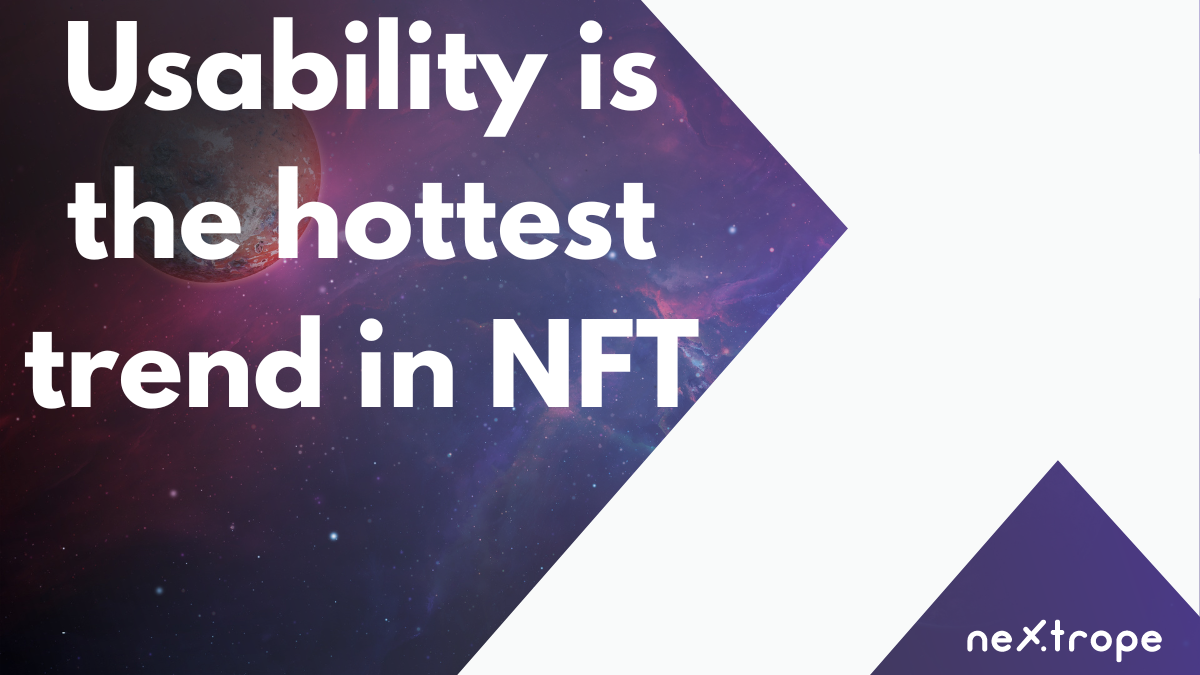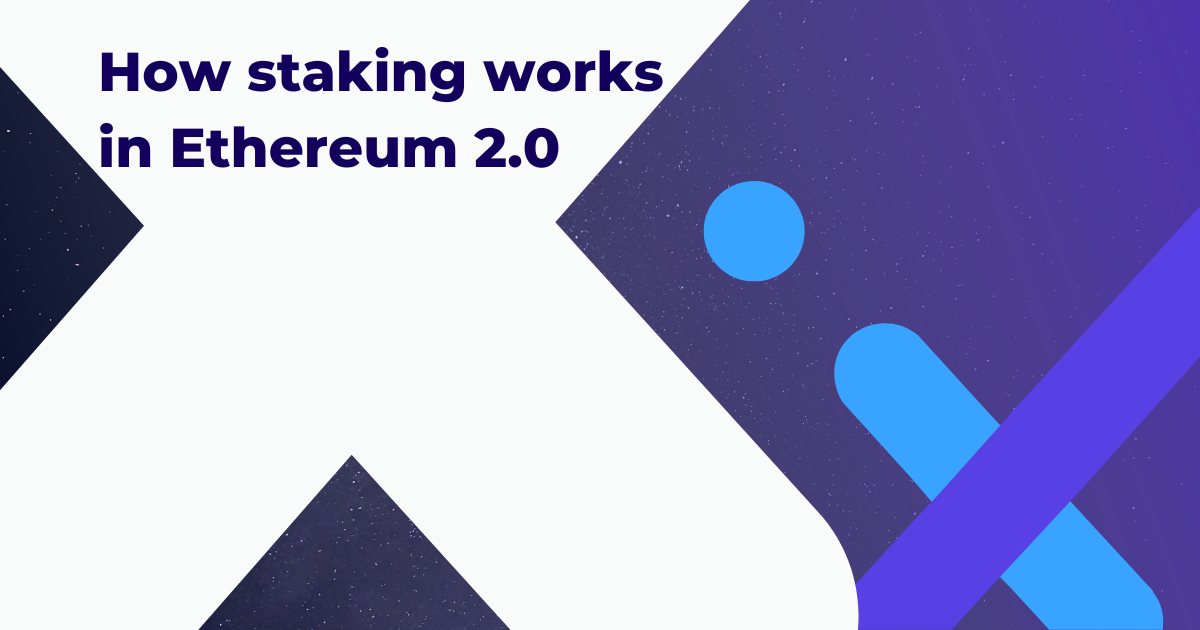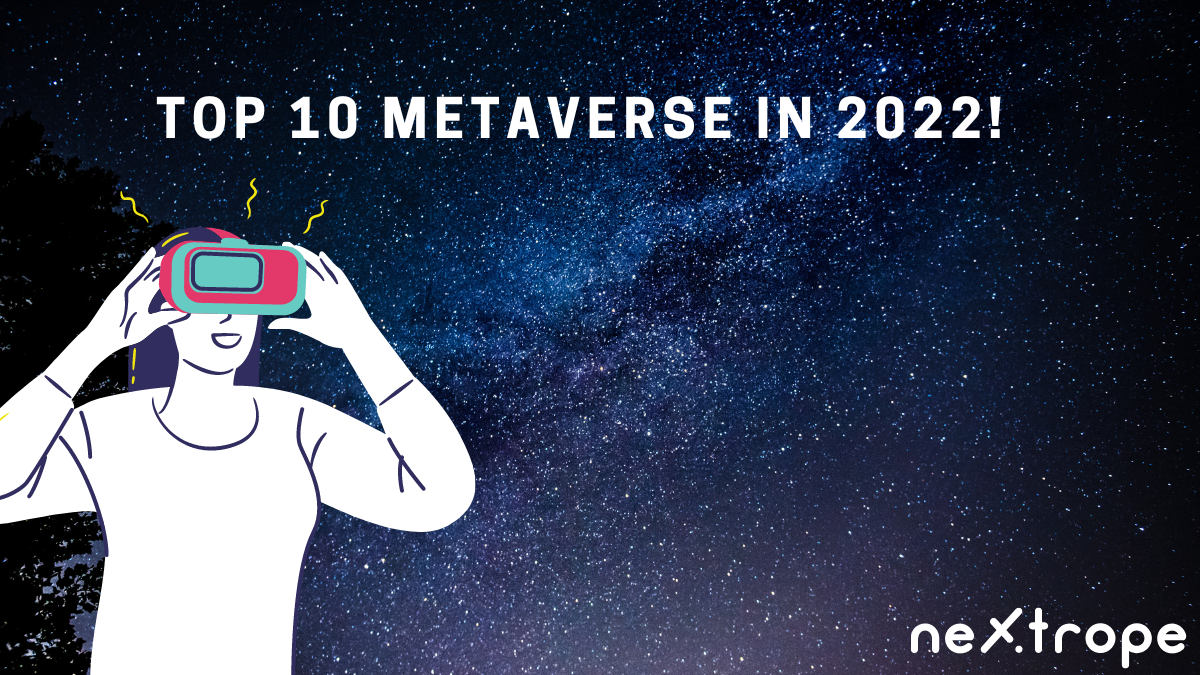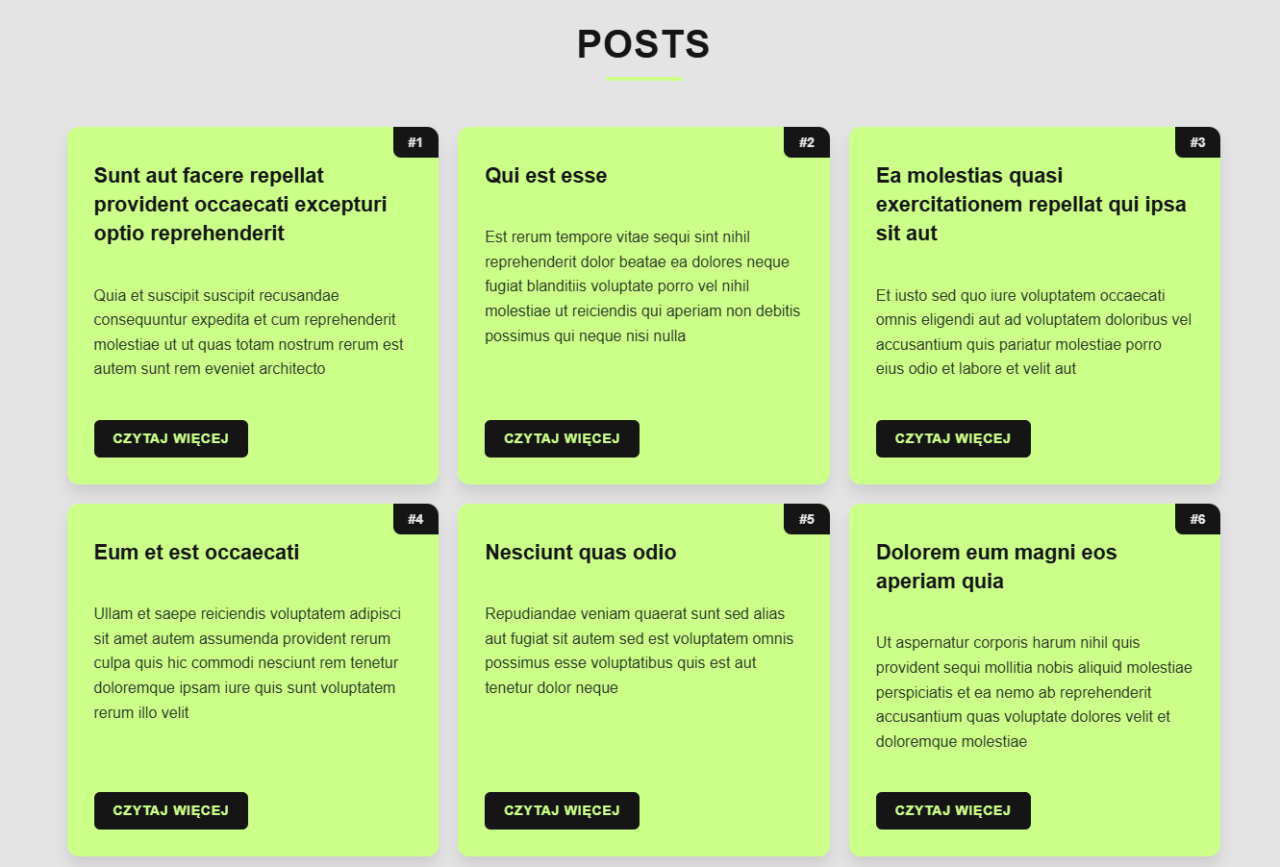- Fashion digitizes projects
- What opportunities do the Metaverse and NFT present for luxury brands?
- Examples of luxury brands implementing NFT
- Gucci uses NFT
- Yvel - digitizing jewelry
- Clubhouse Archives, Inc - NFT range for a select few
- Balmain leverages NFT for consumer relations.
- Prada - joining forces with Adidas and NFT
- Summary
Luxury brands and NFT are a great combination that is growing in popularity. Interestingly - fashion designs and companies are implementing NFT faster and more enthusiastically than in other industries. There seems to be a consensus that Web3 will undoubtedly play a huge role in their future. Both fashion and NFT operate on a model of exclusivity and rarity, which may explain how receptive this field is to the technology. At the same time, other "classic" companies are reluctant to engage with Web3 and its derivatives.
Fashion digitizes projects
Nearly 2.5 billion people have already participated in one way or another in the virtual variety of the broader economy, which is the direction of the world's evolution. There is no doubt that brands need to find their way in the online parallel world, just as they do in the real world. With the advent of digital transformation, luxury has slowly entered this change. Unlike mass companies that have quickly adapted to e-commerce and social media, there are many reasons why many luxury brands are still lagging. Perhaps the biggest challenge facing luxury fashion brands today is how best to recreate the luxury experience in a non-physical form.
What opportunities do the Metaverse and NFT present for luxury brands?
The merging of the physical and digital worlds through the Metaverse platform is quickly becoming an important opportunity for luxury brands. To meet the expectations of luxury goods consumers, brands with such characteristics need to ensure the highest quality of their online experience - for example, personalizing or customizing it through interactive chat or technical support. In addition, luxury goods consumers are accustomed to acquiring tangible goods through shopping. The advent of coins has broken the long-established model of single ownership of exclusive items while ensuring the rarity of virtual things. NFTs prove ownership of assets to their owners and register them in open-source blockchain technology. In this way, the tokens represent a new system for tracking ownership while preserving the notion of exclusivity that the luxury industry has historically used. The entry of exclusive brands into the NFT market is part of their digital strategy, with the introduction of NFT creations expanding their virtual presence and boosting digital creativity.
Brands have gradually entered the Metaverse to showcase their virtual representatives and NFT products. Prada announced that it had partnered with Adidas Originals to launch a "first of its kind" NFT project. Balmain has partnered with Barbie to offer three unique avatars of the famous doll, with NFT deals in their case costing around $2,000. But while most brands have largely abandoned digital characters or virtual fashion elements, Louis Vuitton has entered the virtual world more engagingly - as it created its own video game.
Examples of luxury brands implementing NFT
Luxury brands are aware of the market, as their advisors have followed consumer interests for years. So it's no surprise that global giants are getting into NFT. Below are companies that have expressed broad interest in blockchain technology and have implemented, implemented, or plan to implement NFT!
Gucci uses NFT
Gucci is no stranger to the concept of NFT. The brand first entered the digital market in May 2021, when it released a token film inspired by the Aria series as part of Christie's prestigious Proof of Sovereign sale, headlined by Lady PheOnix. The film was co-directed by Gucci creative director Alessandro Michele and award-winning photographer Floria Sigismondi. The extraordinary piece showcases Michele's Aria collection. Gucci's next NFT project occurred on January 18, 2022, when the company partnered with vinyl toy manufacturer Superplastic to sell 10,000 NFTs called SUPERGUCCI. It's a three-part limited series of digital NFT characters co-created by Michele and Janky & Guggimon of Superplastic - digital characters whose adventures were described initially in CryptoJankyz from Superplastic at Christie's. The NFTs in the collection allows owners to unlock handcrafted white ceramic sculptures 20 cm tall to accompany their digital counterparts. Gucci then launched the 10KTF: Gucci Grail Mint Pass collection in March 2022. The project is a collaboration between digital creator Wagmi-san and Michele to create custom PFP digital apparel based on 11 of the NFT community's most famous designs. Only those who own a PFP from one series will receive a designed mint pass that can be used to purchase a personalized NFT. Moreover, Gucci recently announced a partnership with SuperRare for Vault Art Space. After purchasing $25,000 in RARE tokens to join the SuperRare DAO, Gucci plans to use the Vault Art Space to host exhibitions of NFT artists.
Yvel - digitizing jewelry
On June 13, 2022, jewelry company Yvel introduced INFS (independent non-transferable securities) for trading between consumers and businesses. To do so, the company has taken a slightly different approach to the NFT space, creating digital securities that act as non-functional financial products. These NFT-like tokens are physically backed by 24,000 gold coins worth $10,000, decorated with diamonds and other precious stones. The idea is that security backed by physical assets will give digital assets stability, even when the market fluctuates. During the launch of the pre-sale platform in early June, 2,500 coins were issued to accredited investors. These coins will serve as a model for how INFS will operate in the future, driving financial products on the platform. Notably, the tangible guarantees of stablecoins are configurable. This means that investors or companies using the INFS Yvel platform can customize the guarantees according to the market and trends that are currently taking place. Therefore, instead of supporting their non-transferable securities with gold coins, they can support their non-transferable deposits with real experience, products, and profit sharing. The idea is relatively fresh and is slowly gaining more and more supporters.
Clubhouse Archives, Inc - NFT range for a select few
Club Archives Inc, a blockchain-based NFT luxury apparel brand, recently announced the launch of its marketplace to allow users to purchase a select assortment of luxury apparel. Starting July 13, 2022. Genesis Mint is shortlisting 1,880 digital tokens that will serve as lifetime memberships. Pass holders are gifted with certain amenities, including administrative capabilities, access to exclusive events, and a perpetual share of sales and royalties. By linking NFT to physical goods, every luxury collection launched on the Clubhouse Archives platform will feature 3D clothing made in Italy. The collections that will appear on the platform will be created by designers and voted on by the community, allowing them to play an active role in the development of the brand. The Clubhouse Archies team includes designer and artist James Costa, NFT creator Greg Mike, former Golf Digest fashion director Marty Hackel and more. The platform's first collection will focus on golf sportswear, which is "infused with countercultural luxury streetwear." The forum will use Crossmint as its official trust wallet and payment platform.
Balmain leverages NFT for consumer relations.
French fashion house Balmain recently announced its entry into the NFT game with the announcement of Non-Fungible Thread, an NFT-based fashion ecosystem for those who own Balmain clothing. Collection tools are still under development. Some candidates include digital apparel converted to physical and shipped to their door. Consumers get exclusive collector invitations to future Airdrops and cocktail parties with digital fashion designers. One of the driving forces behind Non-Fungible Thread (still in development) is James Sun, founder and CEO of MINTNFT, an organization dedicated to building Balmain's Web3 vision. Sun believes that for Balmain to distribute NFT on OpenSea or Rarible is a poor way to create a unified community around NFT. The luxury brand seems more focused on building long-lasting relationships with its customer base and creating interactive and engaging experiences for the community, whether digital, physical or a combination of the two. As for the project and how Balmain will implement it, there is much more to come.
Prada - joining forces with Adidas and NFT
Prada has already made some attempts in the NFT field this year. In January 2022, the company partnered with Adidas Originals on a token project involving 3,000 community-created artworks. These pieces were used to create a unique 1-of-1 NFT by artist Zach Lieberman, which included more than 3,000 images and was sold for 30 ETH. On June 2, 2022, Prada went a step further and released 100 NFTs to coincide with the launch of its latest Timecapsule clothing line, which consists of 100 unisex button-up shirts designed by artist Cassius Hirst. Customers who purchase the collection will automatically receive a free Airdrop NFT, which includes the token serial number and the number of the physical T-shirt it comes with. Details on the availability of the coins are sparse, but the brand's Discord will be revealed to Prada Crypted members in time. The company also mentioned exclusive offers, experiences, and access to future issues.
Summary
Luxury brands are immersing themselves more and more in the NFT space. They have generally done a great job using technology to interact with their celebrity watchers creatively. While other non-Web3 industries may be less adept at implementing and utilizing blockchain-based technologies, they should still closely examine how the brands we mentioned in this article can fit in and consequently flourish. By the end of 2025, about 40% of consumers will own digitized luxury goods. Hopefully, this direction of NFT is the future of many exciting projects.
 en
en  pl
pl 











